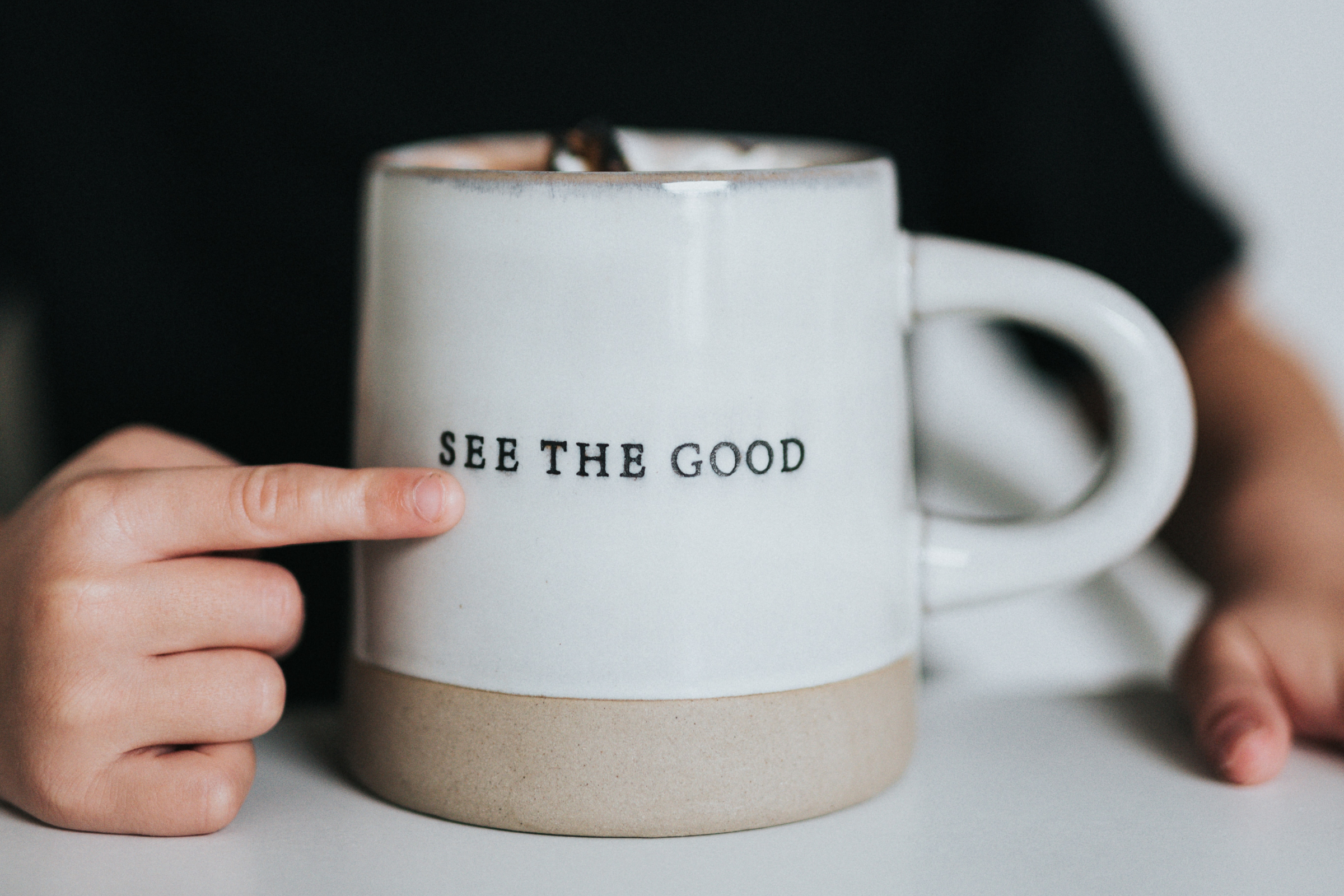Three Good Things
Photo by Nathan Dumlao on Unsplash
As human beings, it sometimes seems like our operating system is working against us.
Take our negativity bias. We are prone to notice negative things more than positive ones in our lives. Bummer, right?
This isn't necessarily a bad thing though. Negative things tend to have the ability to upset our lives most.
For example, if we enter a meeting, we’ll notice people with frowny faces faster than smiling ones. This is because an upset or angry face may signal a potential threat or danger, prompting us to respond faster. We know we need to be on our toes.
Being able to quickly perceive and respond to others' distress signals also allows us maintain good relationships and cooperation. If I notice a co-worker looks frustrated doing a task, I can offer to help. If my spouse looks sad, I can ask them what's wrong and offer support.
We process this negative data faster and more thoroughly than the positive which leads to it affecting us longer and remembering it better.
On top of our negativity bias, we also have a tendency to adapt to the good things in our lives and thus tend to take them for granted.
While beneficial, this habit of noticing all the things that are wrong or bad, can give us a bleak view both of our work and our lives.
Enter Three Good Things.
Three Good Things is an exercise developed by Martin Seligman, a psychologist and one of the pioneers of positive psychology.
Here’s how it works.
At the end of the day, you write down three good things that happened that day - three things that went well.
They don't have to be big things. They can be anything that happened over the course of the day.
Then reflect on your role in why they happened. How did you contribute to these things going well? This is an important part of the exercise because it reinforces that not only do good things happen, but you can make good things happen in your life.
For example, one good thing could be watching the sunset. Your contribution could be that you took the time to go and sit outside to see it.
This exercise gives you space and permission to focus on the positive and teaches you to notice and savour the good things that happen. It can also help you stay on the lookout for positive events in the future rather than just noticing the negative.
When you’re doing the exercise, take note of how your good things made you feel specifically - grateful, proud, happy, or even just less stressed. This will help you find ways to incorporate more of these feelings into your life.
Try Three Good Things for a week and see how it benefits you.
